The Boston Molasses Flood Is Worth Taking Seriously
In 1919, a viscous 40-foot wave slammed into the city’s North End, killing 21 people.
On January 15, 1919, 10-year-old Pasquale Iantosca went out to gather scraps for firewood. Although it was a warm day, his father, Giuseppe, was taking no chances: He had bundled his son into two crimson sweaters, and was keeping an eye on him from the second-story window of their small apartment building in Boston’s North End. But peril is not predictable, and as Giuseppe watched, Pasquale suddenly vanished. “A dark wall had consumed him as though he never existed,” the historian Stephen Puleo writes in Dark Tide: The Great Boston Molasses Flood of 1919. It would be hours before rescuers found the boy’s body, his arms and pelvis broken and both of his red sweaters gummed with brown.
The Great Molasses Flood was a tragedy. Twenty-one people died horribly, 150 were injured, and homes and buildings were destroyed. But it has become tragic in the Greek sense, too: The thing that makes it most memorable also undercuts it. The only mark it has left on the landscape is a brief plaque embedded in a wall near Boston Harbor, describing a “40-foot wave of molasses” that, like some sort of delicious Godzilla, “crushed buildings” and “buckled … railroad tracks.” The sight and smell of “brown syrup and blood,” so memorably described in the Boston Post, has been replaced in the city’s consciousness by a charming “scent of molasses” that supposedly still permeates the North End on hot days. As Puleo puts it in Dark Tide’s introduction, “the flood today remains part of the city’s folklore, but not its heritage.” The punchline takes away the punch.
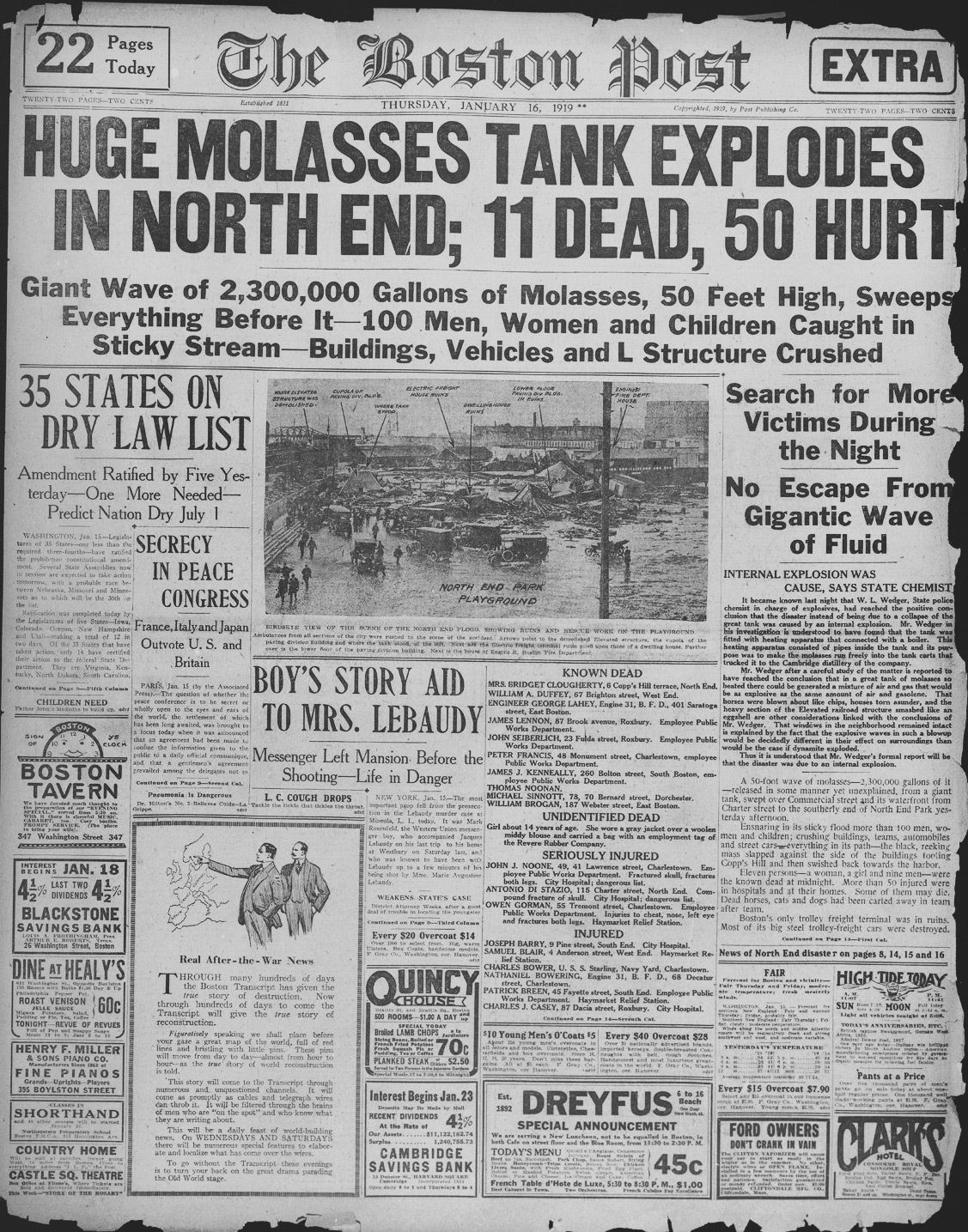
It doesn’t have to be this way. The Great Molasses Flood has plenty of lessons to offer at all levels: about corporate responsibility and negligence, about immigration and disenfranchisement, and about human bravery and suffering. One hundred years after the molasses tank burst, some people are trying to restore the disaster to its rightful place in Boston history.
If you haven’t heard about the Great Molasses Flood—or if you’ve only gotten the online-video version—a quick primer is in order. In the 1910s, millions of gallons of molasses were being shipped into Boston Harbor from Puerto Rico, Cuba, and the West Indies, all property of a company called United States Industrial Alcohol (USIA). As World War I picked up in Europe, it spurred demand for molasses, which was distilled into alcohol used to make dynamite and other ammunition. USIA needed somewhere to store the sticky stuff before it got carted off to their distillery in Cambridge, Massachusetts, so they decided to build a steel tank four stories high. They put it smack in the middle of Boston’s North End, a community made up largely of Italian immigrants, and at the time one of the most densely populated neighborhoods in the entire country.

The tank was made in a rush, and poorly constructed. It needed to be recaulked constantly; even still, it sprung enough leaks that a supervisor had the sides painted brown to camouflage the drips. Children would sneak over and carry the excess out in pails. One maintenance man, Isaac Gonzalez, was so panicked about the tank bursting that he would run from his home in the middle of the night to check on it.
On that January day, Gonzalez’s nightmare finally came true. A few days before, a massive molasses shipment had arrived. The tank was already more than half full of the stuff, and the new batch, warmed slightly by its journey along the Gulf Stream, had been poured on top. The mix of warm and cold sludge in the tank sped up the normally slow process of fermentation, which increased gas pressure. Around lunchtime, it blew. Millions of gallons of molasses rushed out of the tank at 35 miles per hour, engulfing the entire neighborhood. “Ensnaring in its sticky flood more than 100 men, women, and children; crushing buildings, teams, automobiles, and street cars—everything in its path—the black, reeking mass slapped against the side of the buildings,” wrote the Post. “Big steel trolley freight cars were crushed as if eggshells, and their piled-up cargo of boxes and merchandise minced like so much sandwich meat.”
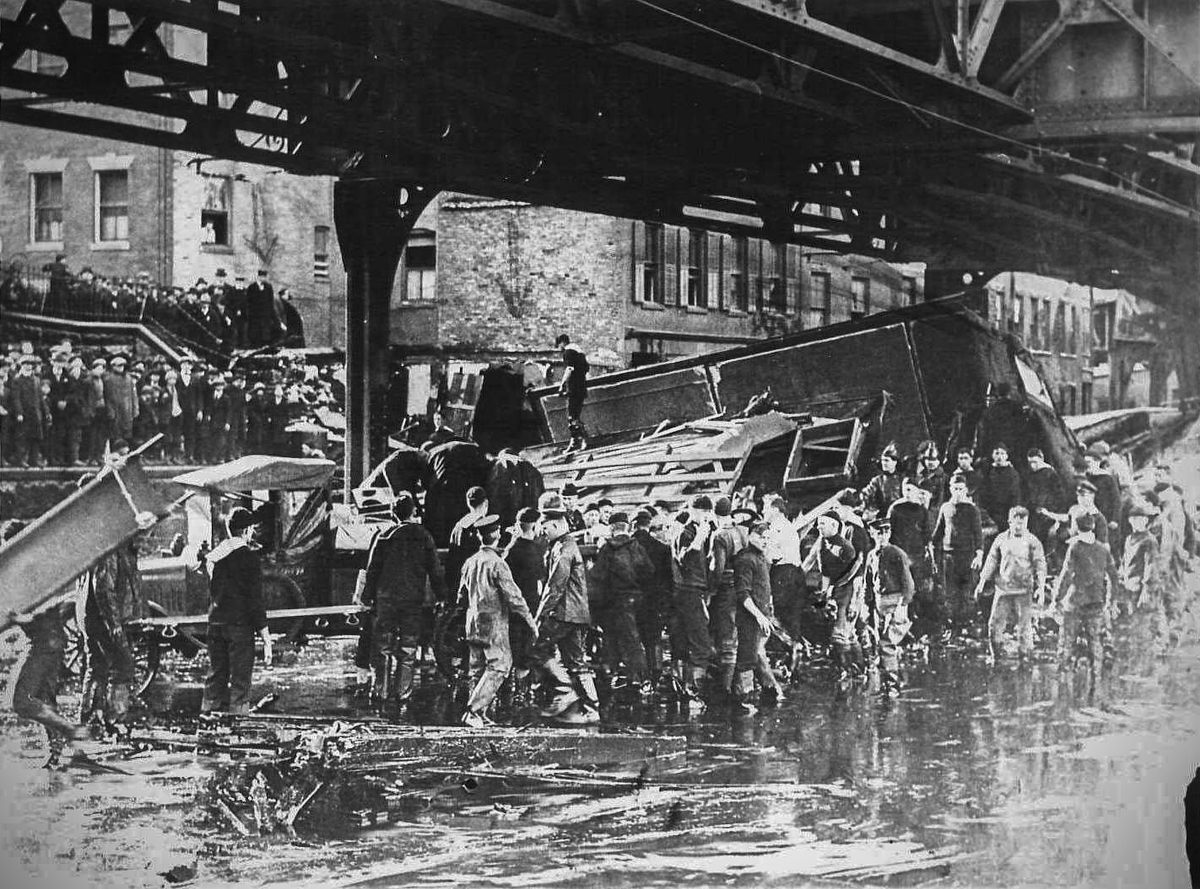
It took weeks to clean the molasses off the streets, and months for the harbor to lose its brown tinge. Mopping up the legal implications took even longer. Eventually, judge Hugh W. Ogden found USIA liable for the disaster—“really the first ruling against a major U.S. corporation,” says Puleo. Although most people don’t know it, Puleo adds, “all the building construction standards that we’re used to today … all of that is a direct outgrowth of the molasses flood case.”
Puleo has been writing and talking about the Great Molasses Flood for over 15 years. His book, Dark Tide, remains the definitive account of the disaster. When asked how he managed to paint such a vivid picture of the event, he recalls immersing himself in pages upon pages of victims’ statements from the court case. “You read about the doctors and nurses … trying to get the molasses out of the breathing passages of these poor victims,” he says. “It made it so real for me. I think the descriptions kind of flowed naturally.”
He then hears himself and backtracks: “No pun intended! I did not intend that pun.” Puleo has a good sense of humor, but being a caretaker for this particular piece of history has put him on high alert. “Had this been fire or flood or famine or pestilence or whatever, I think it probably would have been better known,” he says. “But there is that initial giggle, right, when you say ‘molasses.’”

When people hear that word, they get… well, stuck. “It’s misremembered [as] something out of Willy Wonka, when in reality this was an explosion in an ammunitions plant,” says Gavin Kleespies, the Director of Programs at the Massachusetts Historical Society. (The cognitive dissonance this creates is such that there is a Snopes page to assure curious Googlers that the flood did, in fact, happen.) Peter Drummey, the librarian at MHS, agrees: “[There’s] this idea that this is something that is, if not comical … an industrial disaster that you can essentially have as an event suitable for children,” he says. “Even though there were children killed in it.”
This is especially ironic, Puleo says, because the event was so grounded in reality. “Almost every major issue that the U.S. was dealing with 100 years ago touches the flood story in some way,” he says, from munitions production for World War I to the Italian anarchist movement (which USIA tried to blame for the blowup, and which would be involved in, and accused of, a number of other bombings in the years to come).

While his book ties these threads together, the MHS hopes to help push these efforts even further, into the present day. Starting in January 2019, they’re hosting a series of panel discussions related to the flood. (Puleo is on all three of the panels.) The talks are meant to break the molasses flood out of the “weird history” category, and to help the city instead “think of this as we think about other important historical events,” says Drummey. One panel, for example, will be about issues facing immigrants, both past and present.
“Part of the reality of the North End [in the early 1900s] was that it was a high percentage of noncitizen immigrants who didn’t have political muscle. That’s part of why this dangerous [tank] ended up near them,” says Kleespies. “I think it’s worth taking a look today and saying—where are disadvantaged groups now? And what are they facing that we should be conscious of?” Some people are forging these connections on their own: Last year, after a series of natural gas explosions rocked the Merrimack Valley in northeast Massachusetts, killing one person and displacing struggling families, someone linked the Wikipedia page about it to the entry for the Great Molasses Flood.
It’s easier to learn from the past if there are visible reminders of it. In 2014, the civil engineer Bryan Webb was living in the North End—right near the scene of the explosion, which he learned about in a city planning course. He would look across the street, picture his neighborhood drowned in molasses, and wonder why he hadn’t been made to think about all this a little earlier. “It’s the second-most disastrous event in Boston history”—after the Cocoanut Grove nightclub fire, which killed 492 people in 1942—“and all we have is a little plaque,” he says. “And this is Boston! You know how important we view our history and our city [to be].”

So when the Massachusetts Department of Transportation announced that they were accepting proposals from the public on how to use some spare land just outside the North End, Webb decided to propose what he calls The Great Molasses Flood Memorial. “My idea was to take the dimensions of the tank and kind of cut it in half and make an arch,” he says. There would be paths, ponds, and picnic lawns spilling out of it and spreading around. The north side of the structure would house a small historical exhibit, including a stone wall carved with the victims’ names. The whole thing could double as an amphitheater.
Webb started pitching his idea at planning meetings in 2014, and eventually worked up an official plan. Although he says people reacted enthusiastically, the city didn’t bite. At the moment, the land in question still sits empty, and a MassDOT representative says there are “no active conversations taking place now on the possible future use of [the] land.”
“I would like to get this going again,” Webb, who now lives in San Diego, says. “I think the 100-year anniversary is probably the last time that people are really going to be like, we should really remember this somehow.”
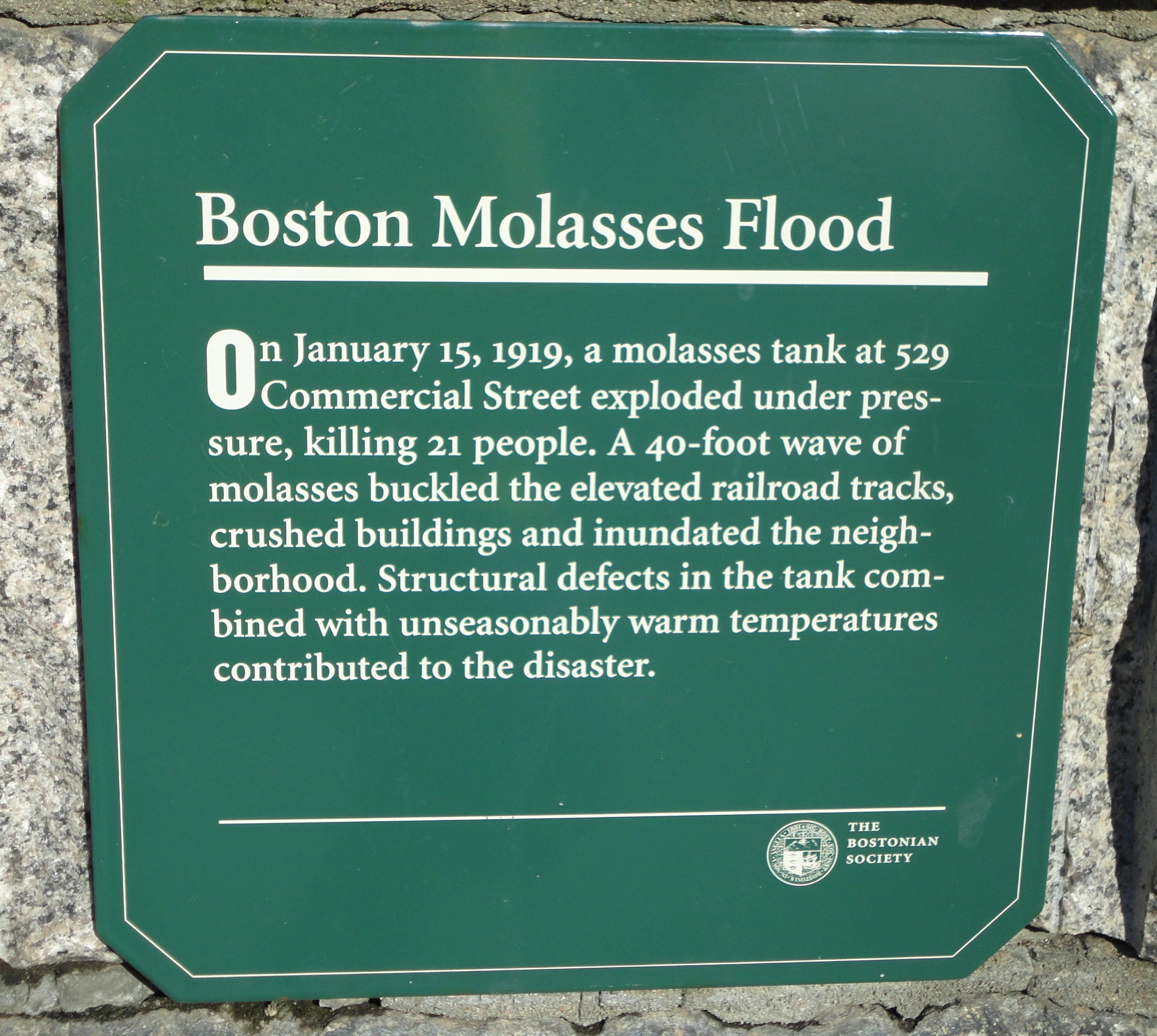
While you’re waiting on a proper memorial, there are a few places you can go. All of the people who perished in the Great Molasses Flood are buried in cemeteries in and around Boston. (Pasquale is at Saint Michael, in Roslindale.) Maureen Keillor, a historian living in Georgia, has put together a list of their graves. She was motivated by both empathy and incredulity: “It’s just impossible to conceive of what that had to have been like,” she says. “If you think about being killed by molasses—how horrible would that be?”
Leave those last moments aside, though, and the rest of their lives are more imaginable. “These are very ordinary people who died,” says Puleo. “Eighteen of the 21 [victims] were Irish city workers and Italian immigrants. You won’t have heard of them. You won’t hear of them again.” In Dark Tide, Puleo connects the fraught historical status of the molasses flood with the obscurity of its victims. “In a city defined by so much compelling and pivotal history … perhaps it is difficult to make room for an event in which ordinary people were affected most,” he writes. But if a dark wall already consumed them once, maybe we can keep it from happening again.
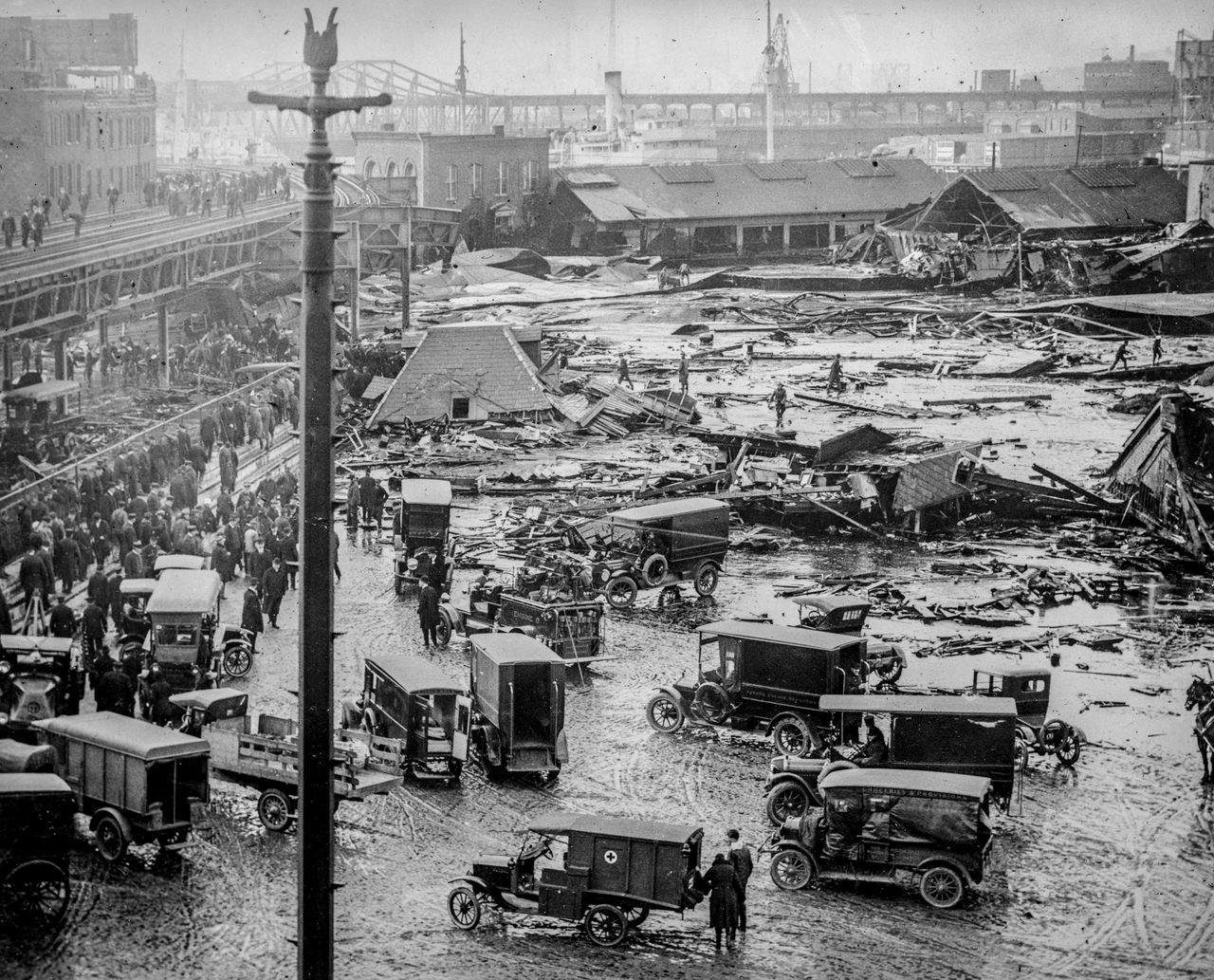
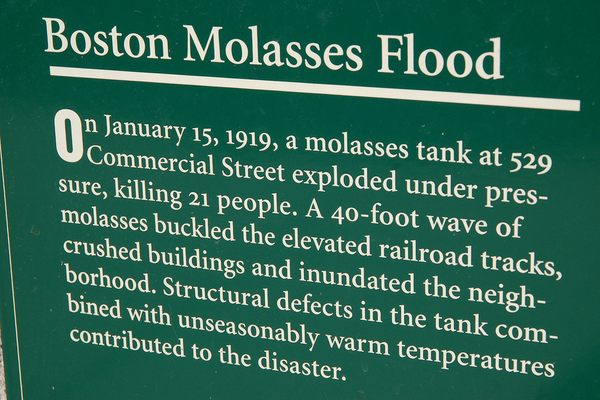



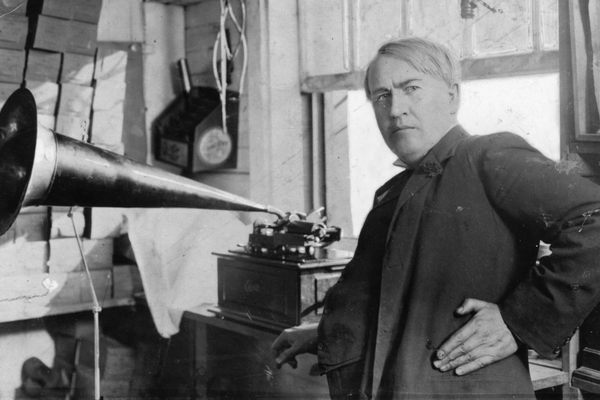
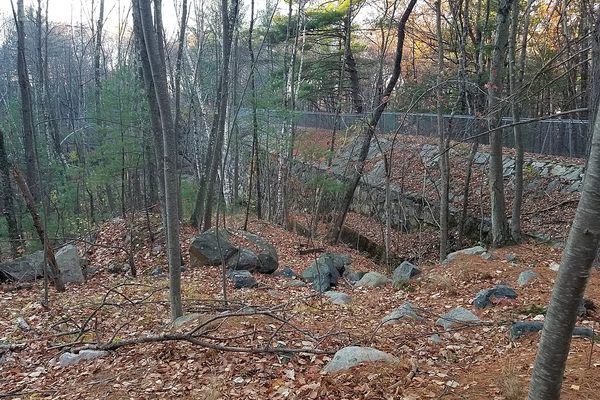
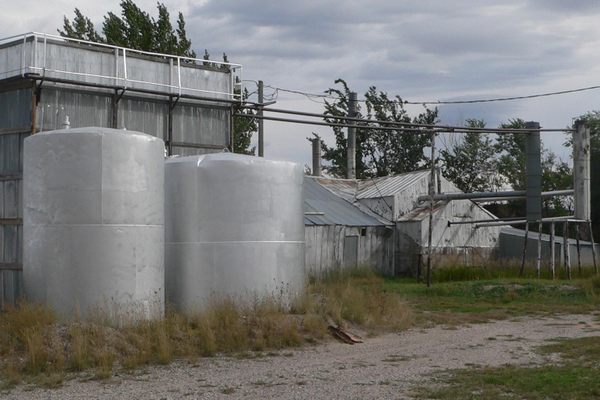












Follow us on Twitter to get the latest on the world's hidden wonders.
Like us on Facebook to get the latest on the world's hidden wonders.
Follow us on Twitter Like us on Facebook